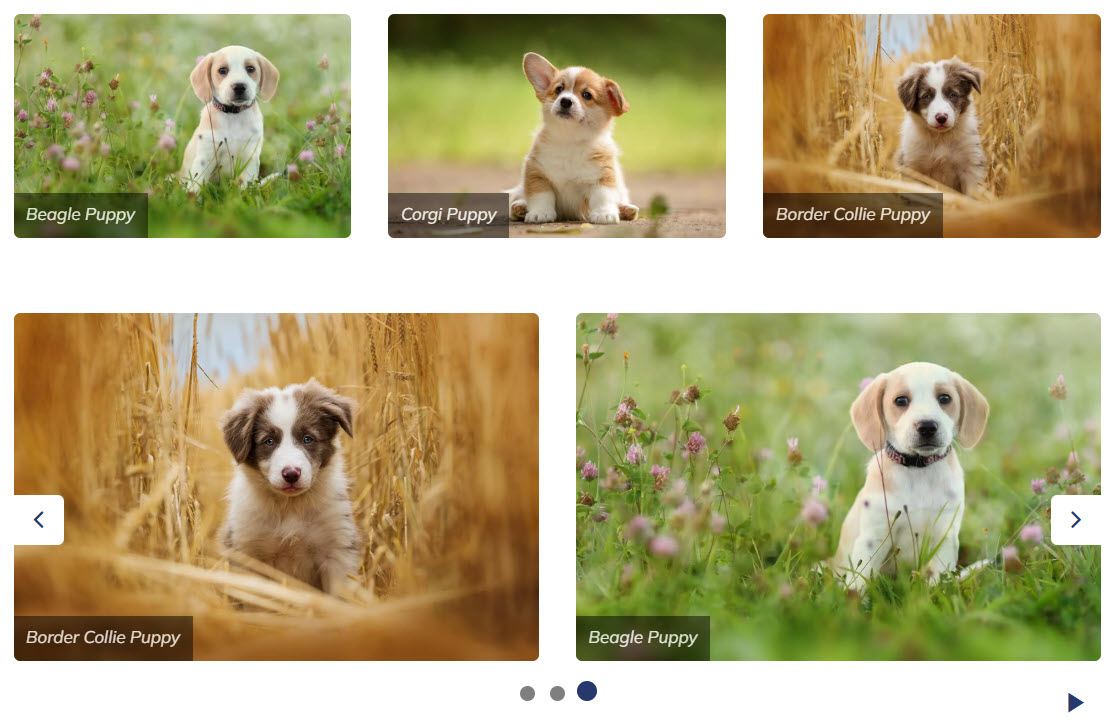To add a single image to the page, follow these steps:
- Select the 'Add content' button from the 'Image/Video' field in the 'Gallery' slide-out panel
- Choose the 'Single Image' icon from the 'Add content' slide-out panel
- This will open the 'Single Image' slide-out panel
- From here, select the '+' icon to add an image
- This will open the 'Media' area in Govstack
- Select the folder that contains the image you'd like to add (to open the folder, you need to select the name of the folder, not the folder icon)
- Choose the image you'd like to add
- Click the 'Select' button
Repeat these steps to add multiple images to the gallery. Alternatively, if you don't plan on adding captions or light window titles and footers to your images, you can add multiple images at once using the 'Multiple images' option.
Captions
With single images, you have the option to add a caption and light window captions.
Image captions
An 'Image caption' will appear overlaid on the image on the web page. If you'd like to add an overlaid image caption, add it in the 'Image caption' field.
Light window captions
A 'Light window title' will appear above the image when a user opens it. If you'd like to give your image a title that users can only view when they open the image, add it in the 'Light window title' field.
A 'Light window footer' will appear below the image when a user opens it. If you'd like to provide information or context for an image that users will have to open the image to view, add it in the 'Light window footer' field.
Disable the light window
The light window allows users to click on an image on a web page and open it to view it in a larger format. If you would like to disable the light window for an image, turn on the 'Disable light window' toggle.





